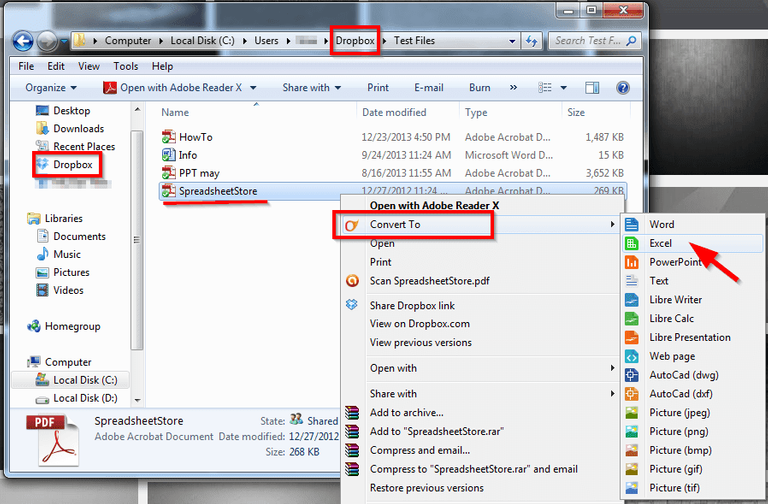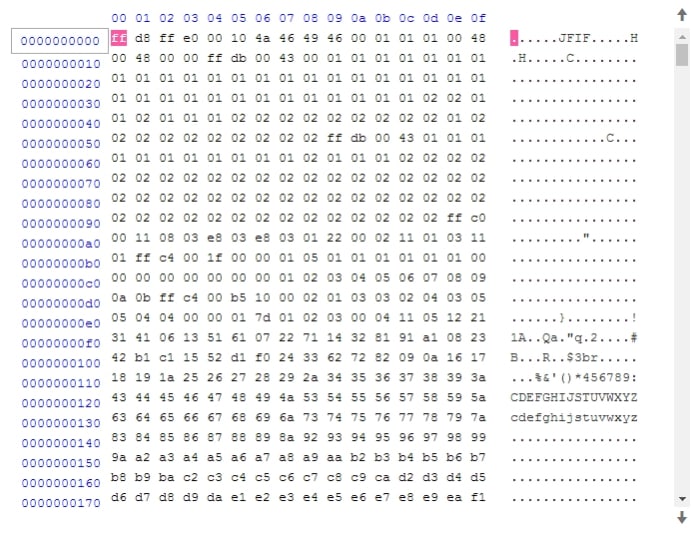

In older hex programmers, ROM width was used to specify the physical width (in bits) of each ROM device. ROM width determines how the hex utility partitions the data into output files. By default, the hex conversion utility sets memory width to the target width, but this can be changed using the -memwidth option.

However, some applications may require target words to be broken into multiple, consecutive, and narrower memory words. Memory width is the physical width (in bits) of the memory system, which is usually the same width as the target processor width, (ie) a 16-bit processor has a 16-bit memory architecture.

The key options discussed in this page are hex output format, and memwidth and romwidth options. Please refer to the () for the processor family you are working with. The hex utility supports a plethora of options that are documented in the Assembly Language Tools User's Guide. hex output in addition to the executable (.out).Īs there are several hex output formats and other options supported by the hex utility, before generating a hex output it is important to be aware of the requirements of the tool that will be reading in the hex file (typically a flash programmer). When enabled in the Properties, the hex utility will run as part of the build process and generate the. The Hex utility can be directly enabled from there and provides access to all the options supported by the utility. In CCSv6 and higher, the Hex Utility is integrated into the CCS GUI under Project Properties → Build.


 0 kommentar(er)
0 kommentar(er)
